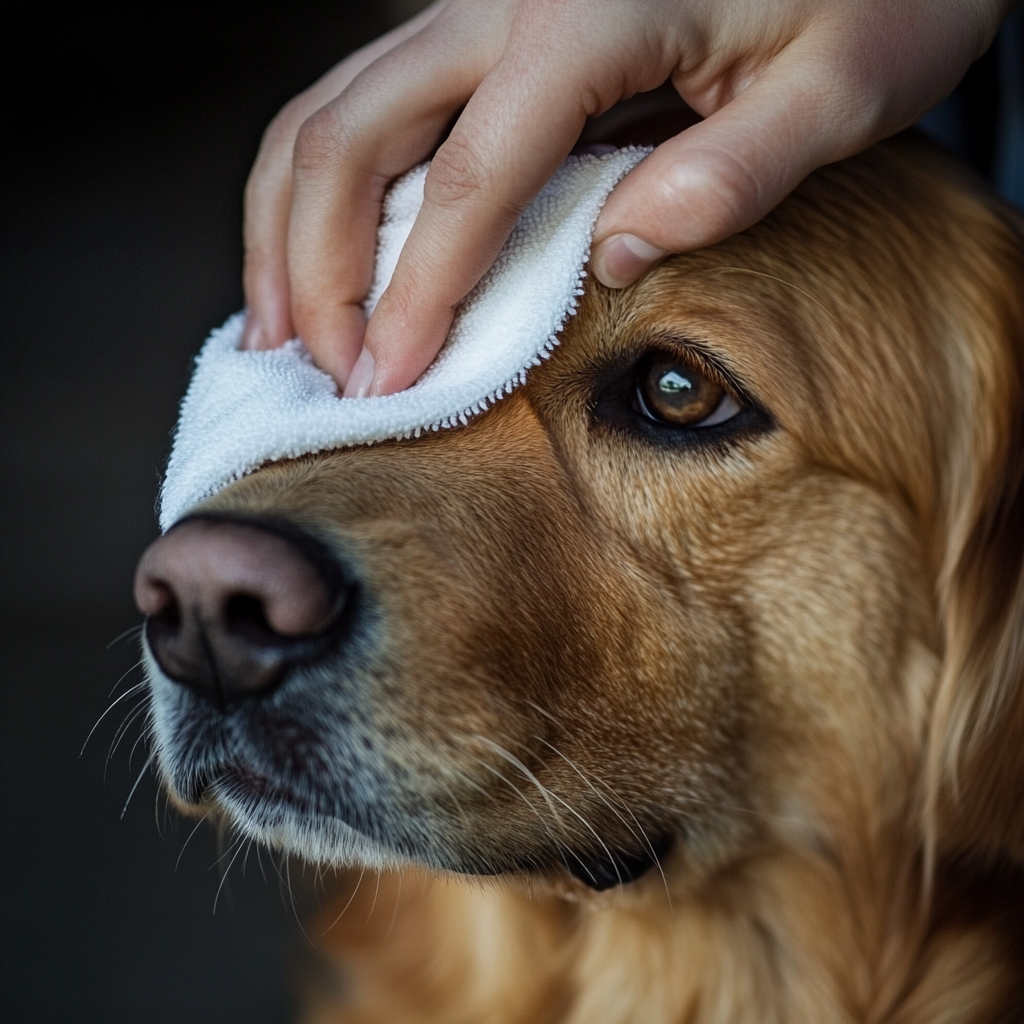Dog skin allergies can be frustrating for both pets and their owners. If your furry friend is constantly scratching, licking, or developing red patches on their skin, allergies might be the culprit. In this article, we’ll dive into the causes, symptoms, and treatments of dog skin allergies to help you keep your pup comfortable and healthy.
Table of Contents
What Causes Dog Skin Allergies?
Dog skin allergies are typically triggered by one or more of the following factors:
- Food Allergies – Certain ingredients in your dog’s food, such as beef, dairy, or wheat, can cause allergic reactions.
- Environmental Allergies – Pollen, mold, dust mites, and grass can trigger skin reactions.
- Flea Allergy Dermatitis – Some dogs are allergic to flea saliva, leading to intense itching and skin irritation.
- Contact Allergies – Shampoos, cleaning products, or fabrics can irritate your dog’s skin.
Common Symptoms of Dog Skin Allergies
If your dog has skin allergies, you might notice these signs:
- Excessive scratching, biting, or licking
- Red, inflamed skin or rashes
- Hair loss or bald patches
- Ear infections
- Dry, flaky skin
- Hot spots (painful, infected areas of skin)
How to Treat Dog Skin Allergies
The best way to treat skin allergies in dogs is to identify the allergen and take appropriate action. Here are some effective solutions:
- Change Their Diet – If food allergies are suspected, switch to a hypoallergenic or limited-ingredient diet.
- Regular Grooming – Bathing your dog with a vet-approved hypoallergenic shampoo can help remove allergens from their coat.
- Use Flea Prevention – Consistently use flea prevention products to avoid flea allergy dermatitis.
- Medications & Supplements – Antihistamines, corticosteroids, or omega-3 fatty acids can help manage inflammation and itching.
- Environmental Management – Regularly clean bedding, vacuum your home, and reduce exposure to allergens like pollen and dust.
FAQs About Dog Skin Allergies
Q: How do I know if my dog has a skin allergy or another skin condition?
A: If your dog shows persistent itching, redness, or hair loss, allergies are a likely cause. However, skin infections, mites, or other conditions can have similar symptoms, so a vet visit is recommended for an accurate diagnosis.
Q: Can dog skin allergies be cured?
A: There is no permanent cure, but allergies can be effectively managed with proper care, diet, and medication.
Q: Can I give my dog human allergy medicine?
A: Some human antihistamines, like Benadryl, can be safe for dogs in the correct dosage, but always consult your vet before giving any medication.
Q: When should I take my dog to the vet for allergies?
A: If your dog’s symptoms persist, worsen, or lead to infections, a vet visit is essential to determine the best treatment plan.
Conclusion
Dog skin allergies are common but manageable with the right care. By identifying the root cause and using effective treatments, you can help your pup live a happier, itch-free life. If symptoms persist, always seek guidance from your veterinarian.
Helpful Notes:
- Keep a diary of your dog’s symptoms and diet to track possible allergens.
- Try hypoallergenic dog shampoos and bedding materials.
- Introduce new foods or products gradually to monitor reactions.
By following these steps, you can keep your furry companion comfortable and healthy despite skin allergies!






